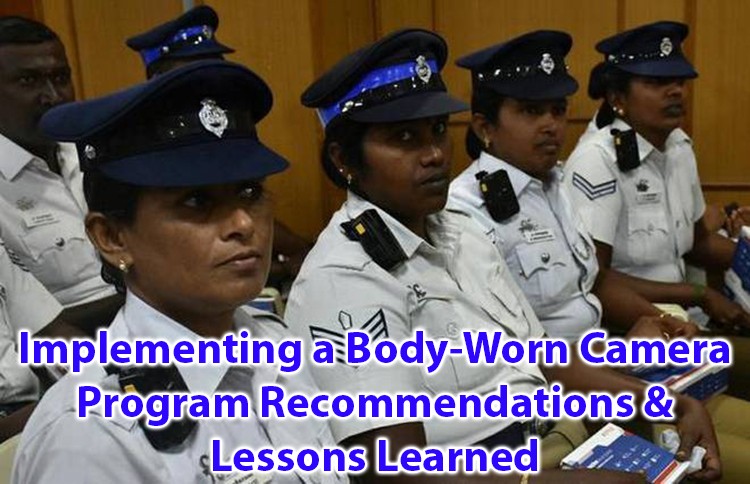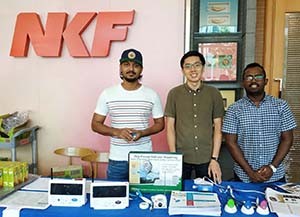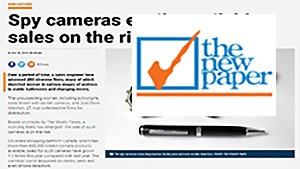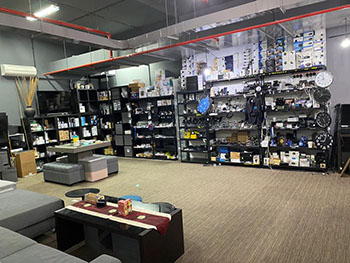Implementing a Body-Worn Camera Program Recommendations and Lessons Learned

We are going to probe deeply into implementing a Body-Worn Camera Program, recommendations and Lessons Learned in this Article. Over the past years, developments in the technologies used by law enforcement agencies have been speeding up at an enormously quick pace. Many police executive officers are deciding about whether to obtain technologies that did not subsist when they started their careers—technologies like facial recognition software, predictive analytics, GPS applications, gunshot detection systems, automated license plate readers, communications systems that bring data to officers’ laptops or handheld devices, and social media to investigate crimes and commune with the public.
For many police executives, the main challenge is not deciding whether to adopt one specific technology but rather finding the right blend of technologies for a given authority based on its crime problems, funding levels, and other aspects. Finding the best blend of technologies, nonetheless, must commence with a thorough understanding of each sort of technology.
Police executive officers who have deployed body-worn cameras opine there are many merits associated with the devices. They are of the view that body-worn cameras help document proof; officer training; thwarting and resolving complaints brought by members of the public; and bracing police transparency, accountability, and performance. Additionally, given that police now work in a world in which anyone with a mobile phone camera can record video recording of a police encounter, body-worn cameras assist police departments to ensure incidents are also captured from an officer’s point of view?
The average interaction between an officer and a citizen in a city area is already recorded in numerous ways. The citizen may record it on his mobile phone. If there is some disagreement happening, one or more onlookers may record the incident. Often there are fixed security cameras close that record the interaction. So the thing that makes the most intellect—if you want accountability both for your people and for your officers they interact with—is to also have video from the officer’s side.
The use of body-worn cameras also lifts significant questions about privacy and trust. What are the privacy issues related to recording victims of crime? How can officers uphold positive community relationships if they are ordered to record about every sort of interaction with the public? Will members of the public find it off-putting to be told by an officer that he was recording that encounter particularly if the encounter is an informal one? Do body-worn cameras also challenge the trust between officers and their authorities within the police department?
Moreover, about these key concerns, police leaders must also deem many practical policy concerns, including the noteworthy financial rates of deploying cameras and storing recorded data, training obligations, and regulations and systems that must be accepted to ensure that body-worn camera video cannot be accessed for inappropriate reasons.
Impact on community relationships
By the experiences of Police executives, staff members, and other experts we are going to the impact of Body-Worn Cameras on community relationships. They revealed several lessons:
- Engaging the community previous to implementing a camera program can assist secure support for the program and amplify the perceived legality of the program in the community.
- Agencies have found it helpful to communicate with the public, local officials, and other stakeholders about what the cameras will be employed for and how the cameras will shape them.
- Social media is an effectual way to ease public engagement.
- Transparency about the agency’s camera policies and practices, both previous to and after implementation, can assist add to public acceptance and hold agencies accountable. Examples of transparency include posting policies on the department website and publicly releasing footage of contentious incidents.
- Requiring officers to record calls for service and law enforcement-related activities—rather than every encounter with the public—can make sure officers are not forced to record the types of informal discussions that are vital to building informal relationships within the community.
- In cases in which persons are reluctant to share information about a crime if they are being recorded, it is a precious policy to give officers prudence to deactivate their cameras or to locate the camera to record only audio. Officers should think whether attaining the information compensates the potential evidentiary cost of capturing the statement on video.
- Recording the occasions at a live crime scene can aid officers to capture unprompted statements and impressions that may be helpful in the later investigation or trial?
- Requiring officers to file, in writing or on camera, the causes why they deactivated a camera in conditions that they are otherwise required to record endorse officer accountability.
Agencies have taken several steps to deal with officer concerns about body-worn cameras. According to many police executive officers, one of the core steps for agency leaders is to connect in open communication with officers about what body-worn cameras will mean for them.
For example, Vacaville Police Department California surveyed officers and found that including officers in the implementation process—and allowing them to give important input—generated support for the cameras. Police executives including Chief Lanpher of Aberdeen and Chief Chitwood of Daytona Beach; have found it helpful to attend officer conferences, roll calls, and meetings with union representatives to converse the camera program. Mr. Michael Frazier of Surprise, Arizona expressed his views that his staff and he invested substantial time talking at briefings and department meetings with all staff members who would be affected by body-worn cameras. This was helpful for us to gain support for the program.
Many police executives expressed their opinion that creating implementation teams consisting of representatives from a variety of units within the department can aid improve the legality of a body-worn camera program. For example, as agencies build up body-worn camera policies and protocols, it can be helpful to receive a contribution from patrol commanders and officers, training supervisors, investigators, the legal department, Internal Affairs personnel, communications staff, evidence management personnel, and others across the agency who will be involved with body-worn cameras. Police executives also said it is important to stress on officers that body-worn cameras are helpful tools that can assist them to carry out their duties. Chief Terry Gainer, U.S. Senate sergeant at arms, opines that framing body-worn cameras as a check on officer conduct is the wrong approach. It is going to be difficult to encourage our officers to be the self-actualized professionals that we want them to be if we say to wear this because we are scared you are bad, and cameras will assist you to prove that you are good. He further said that a body camera should be seen as a tool for creating proof that will assist make certain public safety.
Executive Police officer Lieutenant John Carli of Vacaville, California suggested that agencies surround the cameras as a teaching instrument, rather than a disciplinary measure, by encouraging supervisors to review video recording with officers and provide productive feedback. One suggestion to complete this goal is to underline officers whose videos reveal excellent performance by showing their footage at training programs or by showing the video during an awards ceremony.
Benefits of Body-worn Camera:
Now we are going to present some benefits of Body-worn cameras from the experiences of Police executives. There is an overall perception among them that Body-worn cameras are a useful tool. These benefits include the following:
- Strengthening police accountability by papering incidents and encounters between the public and officers. There should be a record of such untoward incidents between public and officers
- Stopping confrontational conditions by improving officer professionalism and the conduct of people being recorded. The public commonly makes a complaint about the rude behavior of police officers. This can be stopped by bringing improvement in the professionalism of the officers
- Resolving officer-involved incidents and complaints by giving a more exact record of events. And this record is only possible in the case of implementing Body-worn camera program in Law Enforcement Agencies
- Improving agency transparency by allowing the public to view video proof of police activities and encounters. Transparency has key importance for the better relations between the public and police department
- Identifying and correcting internal agency problems by disclosing officers who engage in misconduct and agency-wide problems
- Strengthening officer performance by using video recording for officer training and observing
- Improving proof documentation for investigations and prosecutions
To sum up, we suggest that the Law Enforcement Agencies should develop complete written policies earlier than implementing a body-worn camera program. Policies should be detailed enough to give clear and dependable guidance yet allow room for elasticity as the program develops. When developing policies, it is helpful to consult with supervisors and forefront officers, prosecutors, police unions, legal advisers, and the community. Agencies should make policies accessible to the public.
Body-worn cameras raise several deliberations that agencies must take into account as they skill their policies. These include the outcomes that cameras have on privacy and community relationships, concerns raised by forefront officers, expectations that cameras generate, and finance rates.








